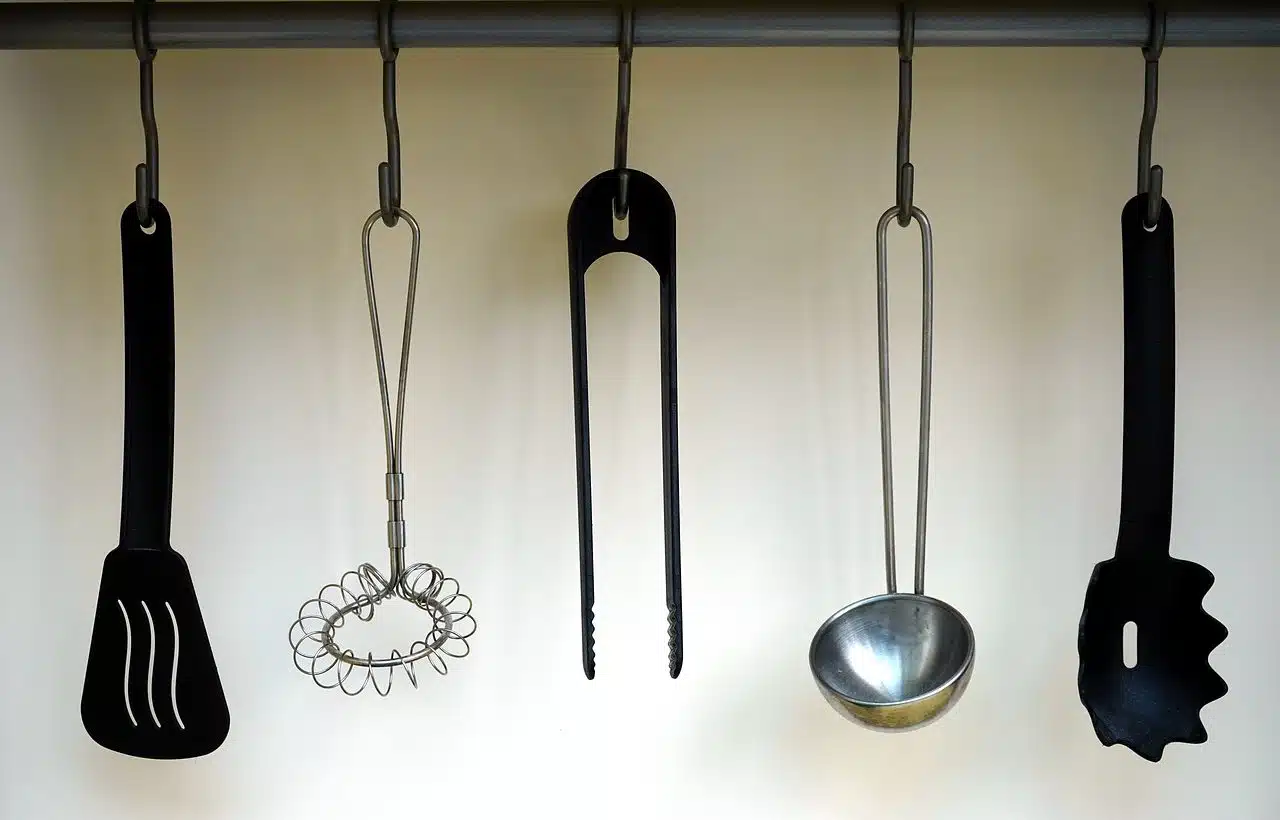
A utensil is an instrument or a tool.
A utensil is an element that is used manually to carry out some kind of activity . The term came to our language from the Latin word utensilĭa .
For example: “Can you pass me the utensil to cut the cake, please?” , “If you want to fix the garden, you will need several utensils that allow you to work with the plants” , “Doctors complain because they say they do not have the necessary utensils to perform surgical interventions” .
kitchen utensils
Kitchen utensils are the most popular, since they are present in every home. Without these instruments, it is impossible to cook and eat food .
The first kitchen utensils were made of stone . Over the years, wooden , metal and plastic utensils began to be developed. Nowadays, in most kitchens there are utensils made of different materials , which are used depending on the occasion.

Kitchen utensils are essential for preparing and serving food.
The danger of toxicity
Among the materials used today for the manufacture of kitchen utensils, several types of metals stand out, and in some cases two or more are combined in the same product. This gives rise to one of the most often overlooked problems: food contamination at home . It is very important to know the characteristics of the utensils we use for cooking, since some materials are especially harmful to health, although their effects can only be seen in the long term.
Materials whose toxicity has been recognized include synthetic products and heavy metals , and many people unknowingly contaminate their food by using utensils made from them. This becomes especially absurd for consumers who buy organic products, since all the precautions taken during growing or preparing food vanish when they are cooked in pans or pots made of aluminum or non-stick material, where they mix with substances and elements. harmful to health .
Our body does not have a system to eliminate heavy metals, and that is why poisoning occurs: they inevitably accumulate and generate an insidious and slow toxicity. After a period of ingesting heavy metals through food, the consequences can become serious; Lead , for example, present in ceramic or clay pots and in enamels and varnishes, can cause anxiety, fatigue, sleep disorders, gastrointestinal problems and insomnia, among other disorders.
In some cases, the main material of a utensil is not harmful unless used incorrectly; For example, the non-stick layers of pots and pans that are made from the compound called Teflon do not have a worrying level of toxicity, although they do begin to release harmful substances when they are subjected to temperatures above 270 °C. In short, cooking is a task that carries great responsibility, especially when it is done to feed others: it is necessary to acquire the right tools and use them with caution.
Other types of utensils
Table utensils are those that, as their name indicates, are used at the table . These are the utensils that facilitate the eating of food: the fork , the knife , the spoon , etc.
In a broader sense, any tool is called a utensil. A hammer , in this context, is a utensil that is used to hit a nail until it is inserted into a surface. A pliers , on the other hand, is a utensil that can be used to cut a wire or to put pressure on something.
A container , finally, can be considered as a utensil that is used to contain a liquid or other substance: “The young woman collected some water in a metal utensil that she found in the camp.”
